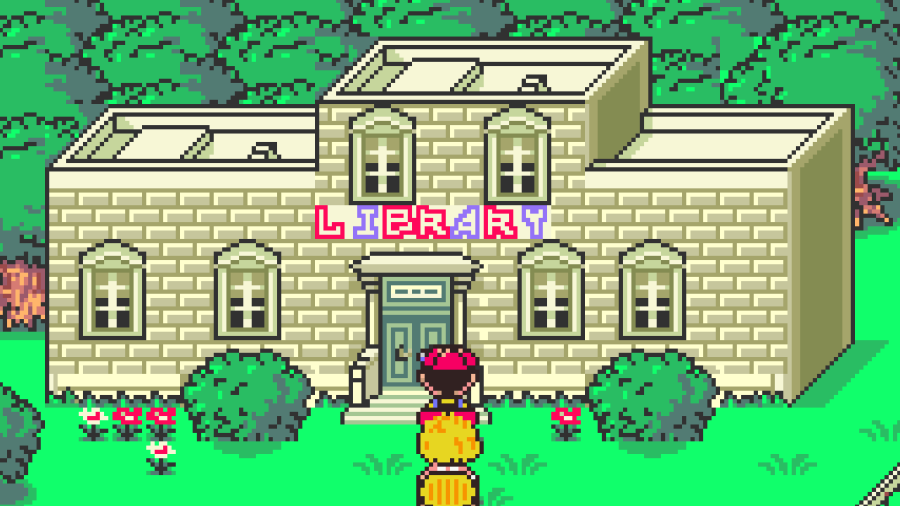Frye beautifully sums up the whole field of literary criticism, from Aristotle to the present. For since 1957, when Anatomy came out, the post-structural vogue for obfuscation and the plurality of -isms which have followed in its train seem to be the only new developments, with the exception of a revitalization of philology springing from Tolkien's vast shadow.
With metaphors of music and seasons, the descriptive play of the reader's impressions of all manner of verbal content is brought into a series of illuminating formal patterns, spiraling around axes of innocence and experience, tragedy and comedy, romance and irony, high and low mimesis, pity and fear, community and individuality, shading on the one hand into direct address, on the other into incommunicable epiphany and apocalypse. Here, if we can understand it, is the structure from which the post-structuralists went post-al.
Practically every page, starting with the dedication, sent me to search up references I didn't know, to pause and sigh over connections I had never made, to marvel at intuitions and jokes I could hardly parse. Speaking of the pastoral Lycidas, Frye quips:
In short, we can get a whole liberal education simply by picking up one conventional poem and following its archetypes as they stretch out into the rest of literature. (100)The erudition and endless reading that went into this synthesis appall me, when I compare them with my own education. And yet the message of the book is ultimately encouraging:
What does improve in the arts is the comprehension of them, and the refining of society which results from it. It is the consumer, not the producer, who benefits by culture, the consumer who becomes humanized and liberally educated. There is no reason why a great poet should be a wise and good man, or even a tolerable human being, but there is every reason why his reader should be improved in his humanity as a result of reading him. (344)This opens up, of course, the broadest possible meaning of poet as one who produces imaginatively, including scientists, artists, musicians, and, occupying a still more privileged place in Frye's conception, mathematicians. The fascinating analogy between literature and mathematics cuts through the grandiosity of socio-cultural proselytizing the critic seems glad to dispose of here, brings the book to its close, and presumably picks up in his later work The Great Code, which I'm eager to look forward to reading awhile, too.
And now, without further ado, three fun facts about Frye and I:
1. Neither of us hold PhDs (though he ended up receiving many honorary doctorates).
2. Neither of us drive.
3. Our given names, Northrup and Wesley, both start with what sound like cardinal directions.



No comments:
Post a Comment